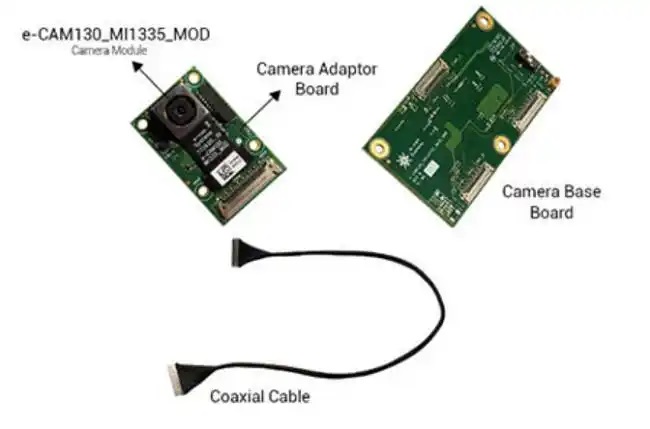As electronic products continue to trend towards thinness and high-speed development, ultra-fine coaxial cables (Micro Coaxial Cable) are quietly becoming an important part of internal connections in devices such as smartphones, drones, medical equipment, vehicle electronics, and high-definition cameras. As the "highway" for signal transmission, how strong is its anti-interference performance? Today, we will delve into this issue in depth.

Why does the wire harness need to have anti-interference capability?
The internal structure of modern electronic devices is complex, with various signal lines, ribbon cables, and coaxial cables densely distributed. Especially in smartphones, automotive electronics, and medical imaging equipment, multiple functional modules often work simultaneously, generating a large amount of electromagnetic waves and radio frequency signals.
If there is a lack of good anti-interference design, it is prone to problems such as signal interference, packet loss, image distortion, and even incorrect device operation.
Common interference sources include:
Radio Frequency (RF) Interference: Electromagnetic waves emitted from Wi-Fi, 5G, Bluetooth, etc.
• Power noise: High-frequency noise generated by the motherboard, motor, or LED drive circuit.
Crosstalk between adjacent cables: electromagnetic induction interference between high-speed signals.
Once the interference is too strong, it not only affects the stability of signal transmission but may also damage the safety and user experience of the equipment. Therefore, in high-speed and high-frequency environments, choosing a harness with strong anti-interference ability is particularly crucial.

How strong is the anti-interference ability of ultra-fine coaxial lines?
The anti-interference performance of the extremely fine coaxial cable mainly originates from its unique coaxial structure and efficient shielding design.
A high-density woven copper wire + aluminum foil composite shielding layer is commonly used, which can effectively resist external electromagnetic waves (EMI) and radio frequency interference (RFI).
Core advantages are as follows:
High shielding effectiveness: The shielding layer effectively isolates the external electromagnetic environment, preventing interference from other electronic modules to the internal signals, ensuring signal purity.
Maintain signal integrity: In high-speed, high-frequency transmission, signals are prone to attenuation and crosstalk, while the coaxial structure can provide an "independent protection channel," significantly reducing noise interference and reflection.
Excellent anti-interference performance in practical testing: Taking the commonly used 0.3mm ultra-fine coaxial cable as an example, its shielding effectiveness can reach >-60dB@1GHz, far exceeding the anti-interference performance of ordinary cables or flexible printed circuits (FPC).

Why do high-end devices prefer ultra-fine coaxial cables?
In high-end smart terminals and precision electronic equipment, the internal space is often extremely compact, yet it requires high resolution, high-speed signal transmission, and low interference performance.
For example:
Huawei foldable screen smartphone camera module
High-end notebook display
Face ID module and VR headset
• Medical endoscopes and other high-precision equipment
In these application scenarios, traditional wiring has been difficult to meet the requirements, while ultra-fine coaxial cables have become the ideal choice due to their excellent anti-interference ability, flexibility, and high signal fidelity.

Don't underestimate this fine wire cable; it is the key factor that supports high-speed, stable, and interference-resistant transmission for high-end electronic devices. In the design of future smart devices, ultra-fine coaxial cables will undoubtedly continue to play the irreplaceable role of "signal guardian."
We have been focusing on the design and customization of high-speed signal cable harnesses and ultra-fine coaxial cable harnesses for a long time, committed to providing stable and reliable high-speed interconnection solutions to our customers. If you have any related needs or would like to learn more, please feel free to contact: Manager Zhang.
18913228573 (WeChat number)。



